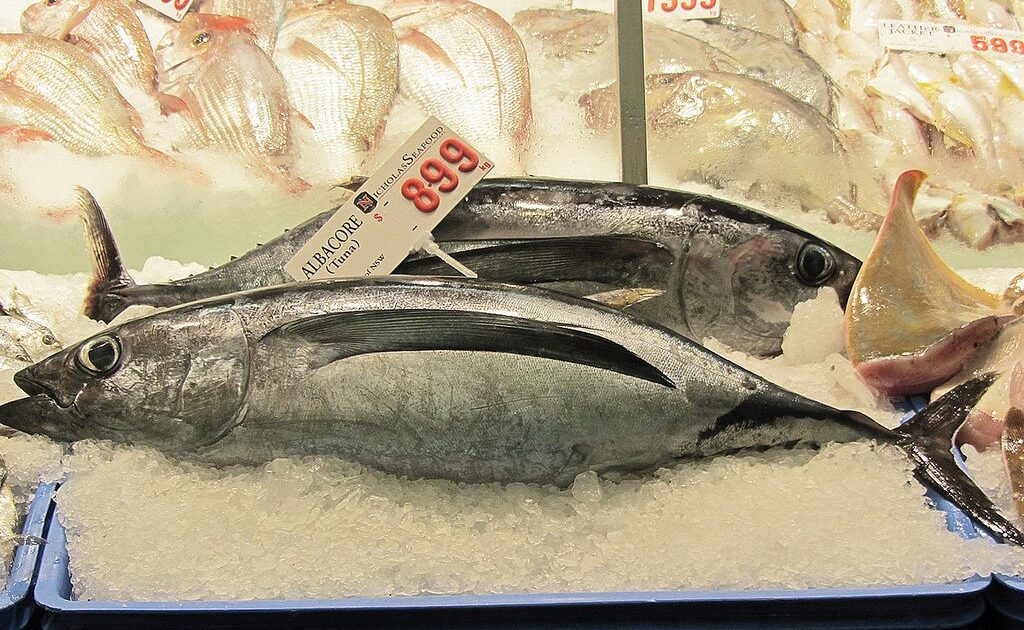‘Radioactive’ Tuna Caught in Northwest, Fukushima Meltdown to Blame

Researchers from Oregon State University say they have caught “radioactive” albacore tuna off of the coasts of Oregon and Washington. The source of radiation is believed to be the Fukushima meltdown disaster that occurred in Japan after an earthquake and tsunami devastated the area in 2011.
The researchers looked at 26 Pacific albacore tuna samples that were caught between 2008 and 2012. The researchers targeted albacore because it migrates to Japan.
“If we were going to see it in something, we would see it in albacore’ or other high level predators,” Delvan Neville, a graduate research assistant at OSU and lead author of the study, told Reuters.
But the study authors say the levels are “so small you would have to consume more than 700,000 pounds of the fish with the highest radioactive level to match the amount of radiation the average person is annually exposed to in everyday life through cosmic rays, the air, the ground, X-rays and other sources,” reports Reuters.
Still, the discovery does expose the reach of the Fukushima meltdown and its impact on ocean life. With the reactors still leaking from the site, the disaster is far from over, and the potential contamination risk hard to measure.
“I think people would rather have an answer on what is there and what isn’t there than have a big question mark,” Neville said.
Concerns about radiation from Fukushima reaching the U.S. have been a heightened since the reactors began to meltdown after the earthquake, and some experts have warned against consuming any seafood from the Pacific ocean.
Find Jill on Twitter @jillettinger
Related on Organic Authority
Eating Fish After Fukushima: Is It Safe?
Radioactive Fish at Fukushima Could Wipeout Fishing Industry for a Decade
Contaminated Water at Fukushima Can’t Be Contained, Pacific Faces Serious Danger
Image: Newtown grafitti

